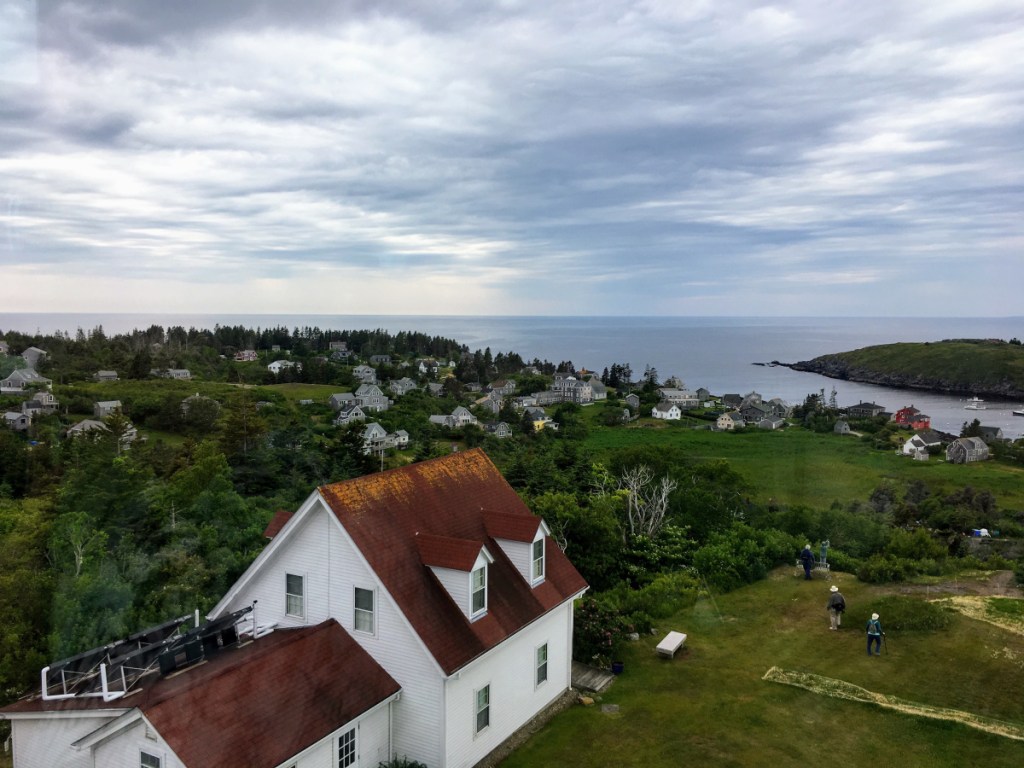Re: “Museum tells ‘the whole story’ of Monhegan Island” (July 8):
The island’s history predates any English occupation. The Indians called it “Monhegan,” the English adopted it and the name has survived to the present.
In the spring of 1618, two English sea captains, Edward Rocroft and Thomas Dermer, were to meet at Monhegan with a plan to plant a colony, possibly on the Sagadahoc, the present Kennebec River. When Capt. Dermer arrived, he was told by Monhegan’s “resident inhabitants” that Capt. Rocroft had already come and gone. The ship of Capt. Dermer was actually owned by Sir Ferdinando Gorges. More on this later.
So, here we have the first mention of the English living permanently on the island in 1618. The historian William Williamson describes Monhegan, in the spring of 1621, as “a plantation of Sir. Fr. Gorges … a settlement of some beginnings.”
In order to understand this, we must go back to King James granting the charter on April 10, 1606, dividing “Virginia” (North America) into two joint stock companies – the North and South Virginia companies, their divide being approximately the present New York City.
Sir Ferdinando Gorges assumed the leadership of the North Virginia Co. He became quite disappointed when the company failed but was determined to try smaller projects. He established many small sites along the Maine coast but complained of being “forced to hire men to stay there the winter quarter at extreme rates.”
Monhegan was one of these sites and was more successful than most, becoming a permanent Gorges settlement.
In later years, Gorges began deeding off his holdings. We find that he had apparently sold Monhegan, since we find an Abraham Shurt purchasing it from an Abraham Jennings in 1626. Shurt was representing a group of merchants in England.
“The whole story” of Monhegan? Not even close.
Eliot Chandler
Augusta
Send questions/comments to the editors.



Comments are no longer available on this story